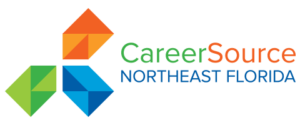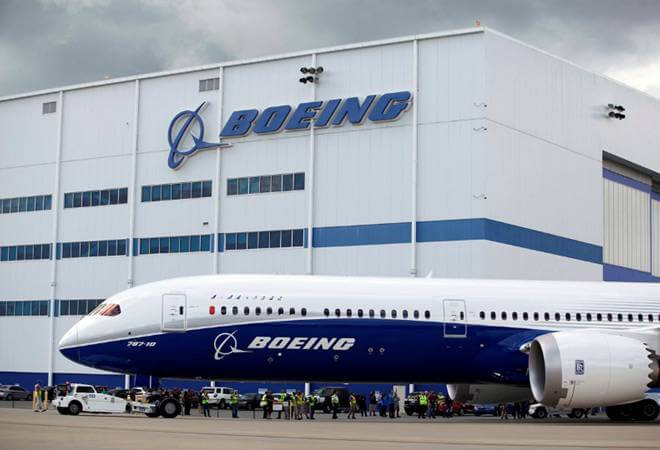Jacksonville at the center of Boeing’s data collection efforts (Courtesy of the Jacksonville Business Journal) –While maintenance, repair and overhaul work is done to fix problems on planes across the U.S., Jacksonville will be at the center of Boeing’s data collection on how to improve MRO across its military fleet.
Jacksonville is set to be the hub for collecting data during MRO work, with a digital innovation cell in Jacksonville scanning planes for paint damage, composites and corrosion.
Then, using Boeing’s algorithms, data will be collected on patterns and other issues on planes and sent out to facilities to be resolved company-wide.
Reggie Arsenault, the executive director of digital aviation services – military aviation, said Jacksonville is the place to collect data because of its state-of-the-art facility.
“With Jacksonville, we looked at the opportunity that we have here with a brand new facility. We saw an opportunity to really leverage the best of Boeing,” Arsenault said. “And one of the things that we observed is that as a software development organization creating software for end customers, oftentimes the software organization is pretty far removed from the end users, and so the direct applicability of the software and the ability to really understand, from a user perspective, (to ask) ‘how is this software actually being used?’ sometimes is pretty difficult.”
This has led Boeing Digital to create a small team to collect data from MRO work at Jacksonville at Boeing’s 385,000-square-foot facility.
The work falls under two categories: information and performance.
Information includes methods of gathering data on planes in improved ways. The tools being used can provide bird’s-eye views of the work going on in the hangar to optimize scheduling and predict maintenance.
“How do we really put in play predictive maintenance to forecast some of the things that perhaps weren’t planned when they originally brought the airplane in?” Arsenault said. “… through these types of capabilities, we can actually predict other things that might need to be required.”
The digital innovation cell has a team of five staffers at Jacksonville. Chad Dant, the lead designer for the digital innovation cell spoke on the benefit of working side-by-side with MRO employees.
“It’s a really great opportunity because we’re able to do something different than the majority of software developers out there … can do,” Dant said. “There’s been many times where I have worked on projects and products, and it takes a while before we can actually talk to users and get their feedback to understand whether or not we’re moving the right direction. Here, I can walk down steps and I can immediately talk to somebody. It’s a whole new relationship we’re building.”
The cell’s work will focus on information gathering and analytics as well as paperless execution of tasks.
“The biggest thing is that with digital data capture, in particular with workflows, it allows you the ability to provide the analytics that that you can accelerate decision making,” Arsenault said. “So when you think about, even technologies like AI, it’s highly dependent upon access to data, and so if you’ve got all of that workflow captured in a data, a database, versus obviously paper, then you can accelerate some of that innovation.”
The digital team’s presence allows MRO workers and software developers to work closer together.
Jacksonville is one of the leading capabilities the Boeing company has, Arsenault said.
“From there, the opportunity for us is to take a look at that digital capability that we’ve implemented at Jacksonville and scale it out to the other sites in San Antonio and other sites across our Boeing enterprise, and then ultimately allow Jacksonville to really serve as that learning lab in which problems across the network probably come in, leverage this innovation cell.”

